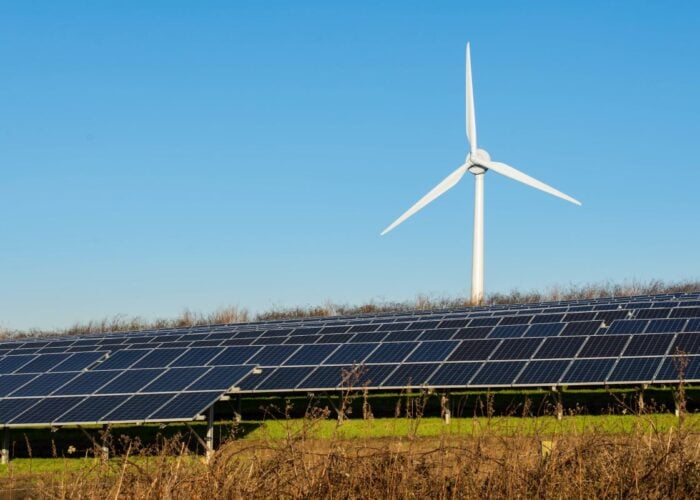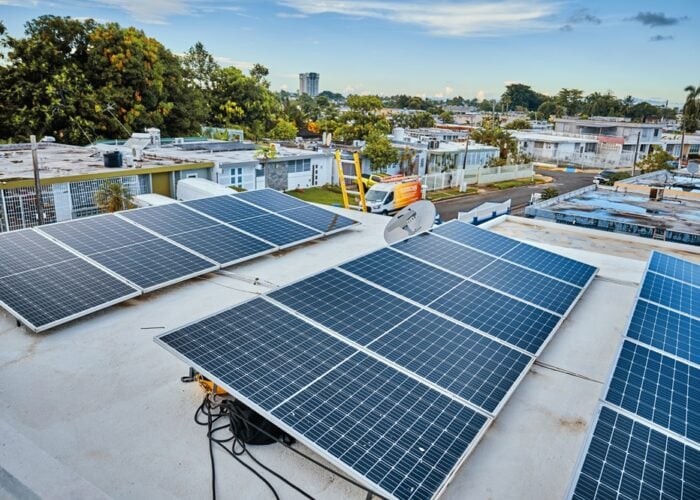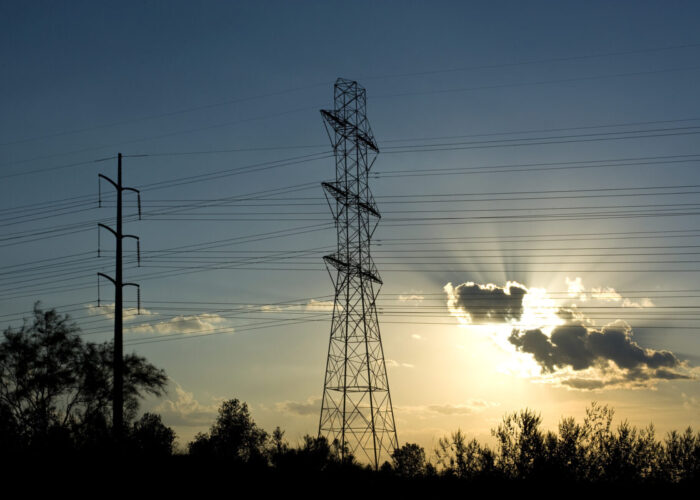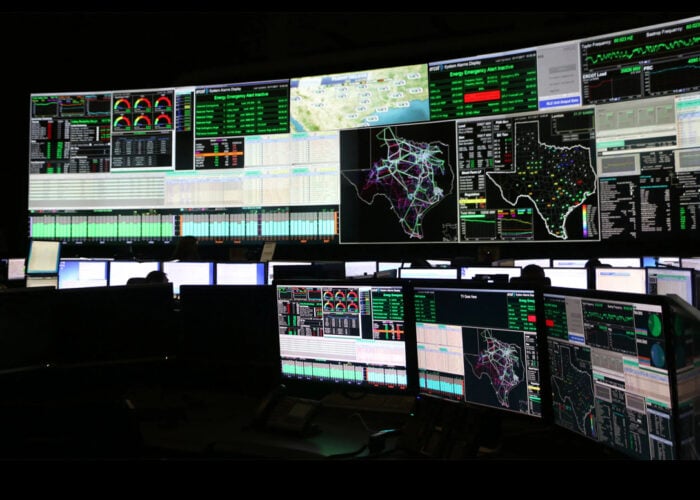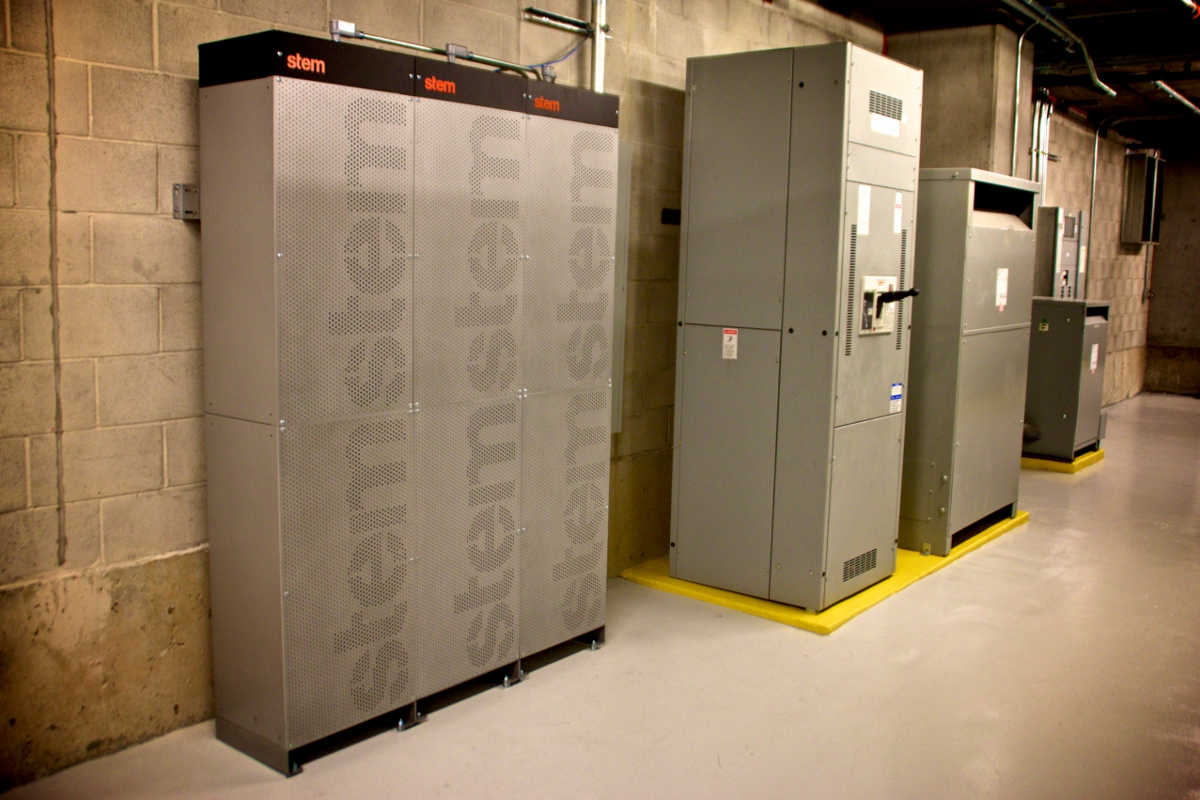
The impact of distributed solar-plus-storage, including aggregated systems, will be included in an assessment of electricity storage’s participation in wholesale electricity markets by the US’ national regulator, the Federal Energy Regulatory Commission (FERC).
Announced last week, FERC has given US regional transmission operators (RTOs) and Independent System Operators (ISOs) such as California’s CA ISO a short window, just until 2 May, to offer their comments on electricity storage’s potential role in wholesale markets and in maintaining a low-cost, reliable network.
Unlock unlimited access for 12 whole months of distinctive global analysis
Photovoltaics International is now included.
- Regular insight and analysis of the industry’s biggest developments
- In-depth interviews with the industry’s leading figures
- Unlimited digital access to the PV Tech Power journal catalogue
- Unlimited digital access to the Photovoltaics International journal catalogue
- Access to more than 1,000 technical papers
- Discounts on Solar Media’s portfolio of events, in-person and virtual
The organisations were asked whether barriers to electricity storage’s participation in capacity, energy and ancillary services markets create “unfair and unreasonable” wholesale rates.
“Basically FERC seems to be suggesting that they think there’s a very good chance that storage will be a part of ensuring least cost solutions for reliability, for making sure markets are efficient,” Jason Burwen, policy and advocacy director for the US-headquartered Energy Storage Association told sister site Energy Storage News on Friday.
Short window for industry to respond
While the review deals primarily with transmission-level issues affecting the markets, FERC’s request to RTOs and ISOs acknowledged that while storage could be providing a service on the distribution grid to a utility or its customers, such as solar smoothing or peak shaving, it could also be able to participate in the RTO and ISO markets with other services.
ESA’s Burwen said that wholesale markets were designed before the advent of large-scale and distributed storage technologies but were already capable of dealing with storage as a demand side resource where it played into existing demand response markets. However, the markets are not configured to recognise how storage resources that also “inject electrons” into the system should be dealt with.
“Commission staff understands that depending on where an electric storage resource is connected to the grid and what services it is providing, it may not be clear what price an electric storage resource should pay for the electricity that it receives,” FERC said.
Following responses from ISOs and RTOs, the matter will be opened for public comment, which is being seen as an opportunity for storage and solar industry players and other stakeholders to comment. They will have just until 23 May to do so.
Burwen said it is far too early to speculate on the ultimate outcomes of FERC’s requests for comment, for example the impact it could have in the long term on net metering policies, especially as it is not yet clear what steps FERC intends to take once it has gathered responses.
For a full rundown of topics covered by the FERC request and more insights from ESA's Jason Burwen, read Friday's article 'US regulator FERC ‘leaning forward’ to remove barriers to wholesale market participation' from Energy Storage News.

